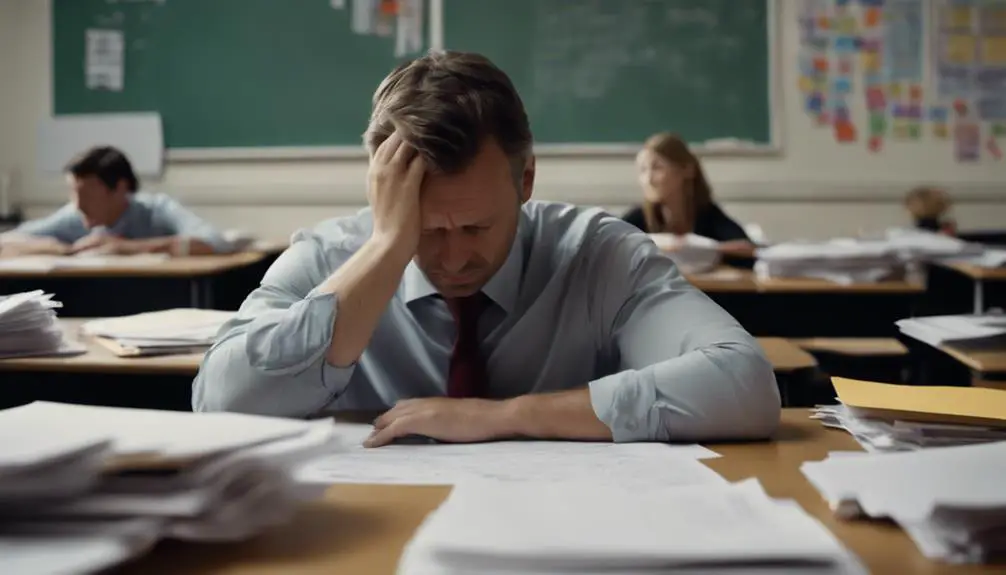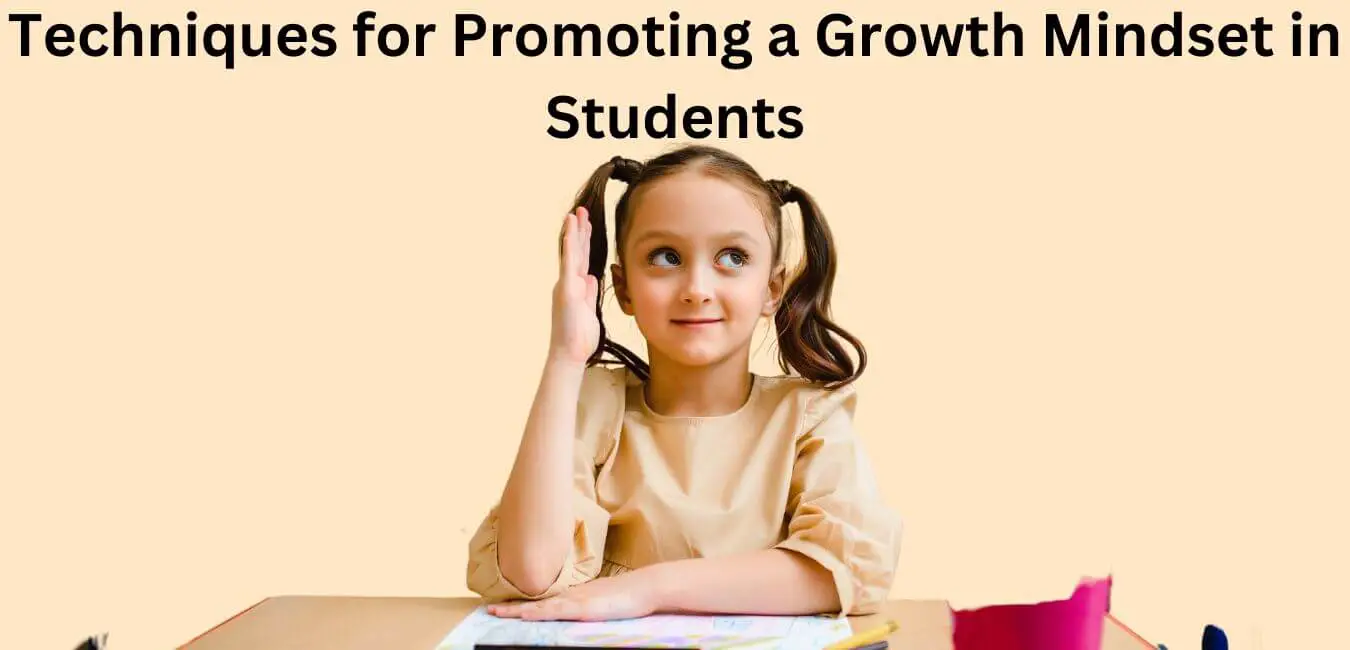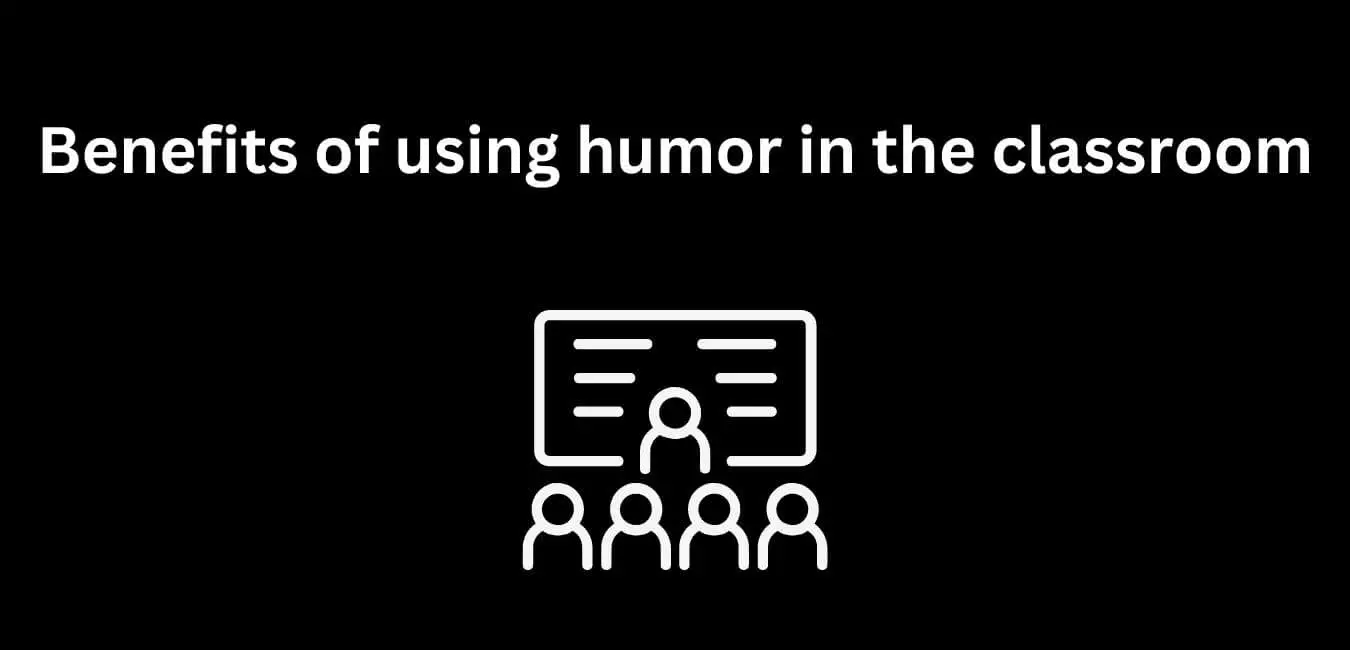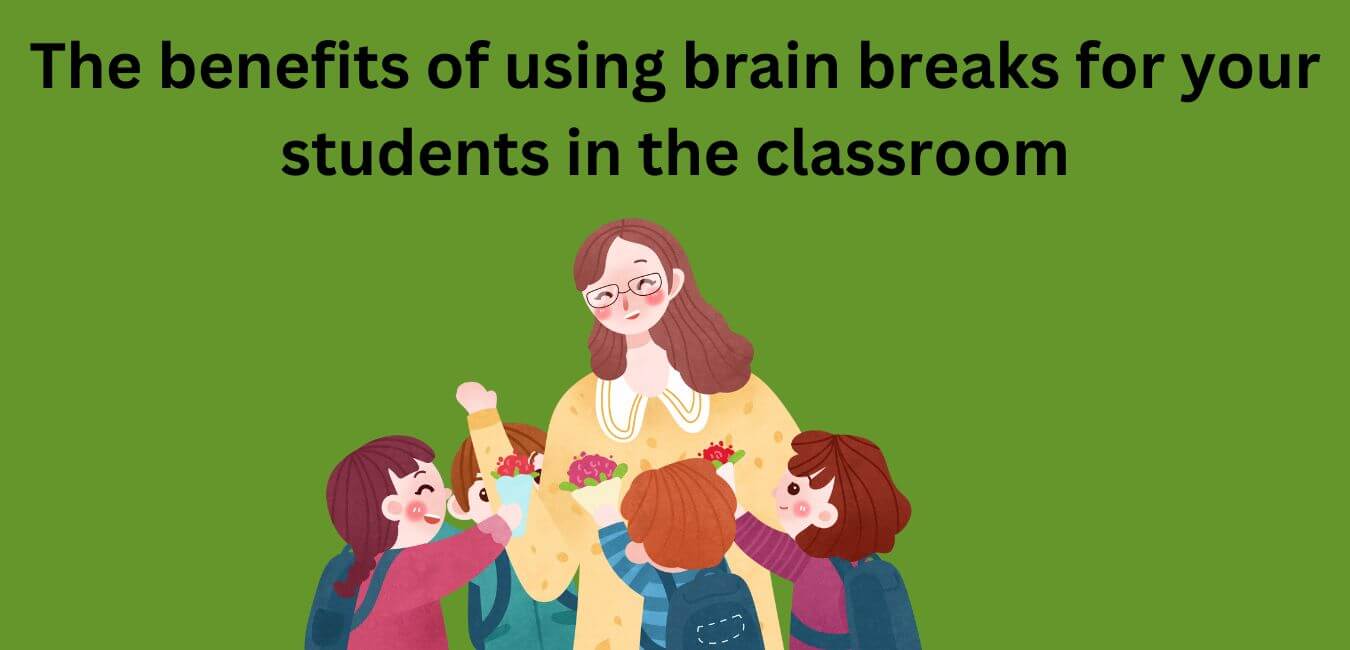‘The only constant in life is change,’ as the saying goes. This holds true in education, where teachers must continuously adapt and improve their instructional practices to meet student needs. Reflecting on our teaching methods is crucial for growth and development as educators.
But how can we become more reflective teachers? In this discussion, I will share 19 effective ways to enhance our reflective practices, such as analyzing our teaching footage, seeking feedback from colleagues, and engaging in meaningful dialogue with students.
By implementing these strategies, we can continuously evolve and become more effective in the classroom. So let’s explore these 19 ways together and discover how they can transform our teaching journey.
Effective Ways To Be A More Reflective Teacher
To become a more reflective teacher, I’ve discovered effective ways to enhance my instructional practices.
Record yourself teaching and review the footage to analyze your instructional practices.
I often record myself while teaching and review the footage to analyze my instructional practices. This allows me to examine the techniques I use in the classroom and assess their effectiveness. It also gives me the opportunity to seek input from colleagues or mentors, who can offer valuable insights and suggestions for improvement.
Additionally, reviewing the footage helps me reflect on my progress as a teacher and identify areas of strength to further develop. It’s also a useful tool for addressing any biases that may unknowingly influence my teaching.
Share videos of your teaching with your PLN to receive feedback from other educators.
After reviewing recorded footage of my teaching, the next step in my reflective practice is to share these videos with my PLN to receive valuable feedback from other educators.
Sharing videos allows for peer observations and constructive criticism, which can greatly enhance my teaching skills. By receiving feedback from other educators, I can gain fresh perspectives and insights that I may not have considered before.
This feedback can then be incorporated into my reflective teaching journal, where I can document my growth and progress.
Additionally, sharing videos with my PLN provides an opportunity to receive student feedback, which further informs my lesson improvement.
This process of sharing videos and receiving feedback is a crucial part of my professional development, enabling me to explore new strategies and continually improve as a reflective teacher.
Invite colleagues to observe your lessons and provide constructive criticism.
Inviting colleagues to observe my lessons and provide constructive criticism is a valuable opportunity for me to improve my teaching practice. Colleague feedback is essential for my professional development because it offers different perspectives and helps me identify areas for growth.
Observations can be done in person or through video analysis, which allows my colleagues to provide detailed feedback at their convenience. Incorporating student feedback into the observation process also provides valuable insights into their learning experience and helps me make informed instructional decisions.
Furthermore, inviting colleagues to observe my lessons promotes collaboration and a culture of sharing and learning among educators. These practices contribute to my continuous improvement as a reflective teacher.
Set aside time each week to reflect on your teaching practices and strategies.
Inviting colleagues to observe my lessons has been a valuable practice. However, I have realized the importance of dedicating specific time each week to reflect on my teaching practices and strategies.
This intentional reflection allows me to analyze the impact of my instruction, gain different perspectives, evaluate the effectiveness of my strategies, and identify areas for improvement.
By prioritizing reflection, I can enhance my instructional techniques and strengthen my teaching abilities. To facilitate this reflective process, I have created a weekly reflection table that helps me organize my thoughts and focus on key areas of my teaching. This table allows me to track the strategies I implemented, evaluate their effectiveness, and brainstorm ways to improve.
It serves as a useful tool in my journey toward becoming a more reflective and effective teacher.
| Strategies Implemented | Effectiveness | Areas for Improvement | Action Steps |
|---|---|---|---|
| Cooperative Learning | High | Time management | Research time-saving techniques |
| Visual Aids | Moderate | Clarity of instructions | Practice giving clear directions |
| Formative Assessments | Low | Student engagement | Incorporate more interactive activities |
Use a reflective teaching journal to document your thoughts and experiences.
Using a reflective teaching journal has been helpful in documenting my thoughts and experiences as an educator. It has provided many benefits in my journey of reflective teaching.
Here are three ways in which journaling has improved my reflection process:
- Organizing my thoughts: Writing in a journal allows me to structure my reflections and thoughts in a clear manner. It helps me make sense of my experiences and identify patterns or areas for improvement.
- Developing writing techniques: Journaling has enhanced my writing skills as I strive to express my ideas clearly and concisely. It has also allowed me to experiment with different writing techniques, such as free writing or brainstorming, to deepen my reflections.
- Facilitating personal growth: By regularly documenting my thoughts and experiences, I can track my progress as an educator. This self-reflection fosters personal growth and helps me set goals for continuous improvement.
Encourage your students to provide feedback on your teaching practices and use it to improve your lessons.
Reflective teaching has improved my growth as an educator and encouraged students to provide feedback on my teaching practices. This feedback analysis is crucial in identifying areas for improvement and understanding the effectiveness of teaching strategies.
By creating a safe environment for constructive criticism, valuable insights into students’ perspectives can be gained. This feedback helps identify personal biases that may affect teaching and allows for necessary adjustments. It empowers students by giving them a voice in their education and fostering a sense of ownership in the learning process.
Together, we collaborate to enhance lessons and create a more engaging and effective learning experience.
Attend professional development workshops and conferences to learn new teaching strategies.
Professional development workshops and conferences have greatly helped me expand my teaching strategies. These learning opportunities have given me valuable insights and practical techniques to improve my instructional practices.
Here are three ways in which these professional development activities have helped me grow as a reflective teacher:
- Access to the Latest Research: Educational workshops and conferences expose me to the most up-to-date research and trends in teaching strategies. This allows me to stay current with evidence-based practices and incorporate them into my lessons.
- Networking and Collaboration: These events bring together educators from diverse backgrounds and experiences. Engaging in discussions and collaborating with fellow professionals has given me new perspectives and allowed me to exchange ideas to enhance my teaching approach.
- Hands-on Workshops and Seminars: Participating in hands-on workshops and seminars has given me the opportunity to actively practice and refine new teaching strategies. I can immediately apply what I’ve learned in my own classroom, making the learning experience more meaningful and impactful for my students.
Collaborate with other teachers to share ideas and experiences.
Collaborating with other teachers has greatly expanded my horizons and deepened my understanding of effective teaching practices. Through working together, I have experienced significant professional growth and received valuable support from my peers. One of the most beneficial aspects of collaboration is the opportunity to exchange ideas and learn from each other’s experiences. This allows us to implement innovative strategies in our classrooms and continuously improve as educators. Sharing lessons has been particularly impactful, as it provides a platform for hands-on learning. By observing and reflecting on the successes and challenges of my colleagues, I have been able to refine my own teaching methods and become a better educator. The table below highlights the emotional impact of collaboration in the teaching profession:
| Emotion | Description | Example |
|---|---|---|
| Excitement | Eager to learn and grow | Discovering a new teaching technique that improves student engagement |
| Inspiration | Motivated and stimulated | Attending a workshop and hearing a passionate educator share their experiences |
| Encouragement | Feeling supported and uplifted | Receiving positive feedback and constructive criticism from colleagues |
| Connection | Building meaningful relationships | Collaborating with like-minded teachers and forming a strong professional network |
| Fulfillment | Sense of accomplishment and satisfaction | Seeing students succeed and knowing that my teaching methods have made a difference |
Utilize technology tools, like online assessment platforms, to track progress and evaluate your teaching practices.
Using online assessment platforms has transformed the way I track progress and evaluate my teaching practices. With the help of technology tools like online assessment platforms, I can gather real-time data and insights about my students’ performance.
Here are some advantages and disadvantages of using online assessment platforms:
Advantages:
- Immediate feedback: Students receive instant feedback on their performance, enabling timely intervention and support.
- Data-driven decision making: Online assessment platforms provide valuable data that helps me identify areas for improvement and tailor my instruction accordingly.
- Time-saving: Grading and analyzing assessments manually can be time-consuming, but with online platforms, the process is automated, saving me valuable time.
Disadvantages:
- Technical difficulties: Connectivity issues or platform glitches can disrupt the assessment process.
- Cheating concerns: Online assessments may increase the risk of cheating if not properly monitored.
- Limited question types: Some online platforms may have limitations in terms of question types, which may not fully capture students’ understanding.
To effectively implement online assessment platforms, consider these tips:
- Provide clear instructions and expectations to students.
- Use a variety of question types to assess different skills and knowledge levels.
- Regularly review and analyze the data to inform your teaching practices.
Engage in self-discovery by analyzing your strengths and weaknesses as a teacher.
Engaging in self-discovery as a teacher involves reflecting on my teaching practices and analyzing my strengths and weaknesses. By analyzing my strengths, I can identify the areas where I excel and work on further improving them. This process boosts my confidence and motivation to continue growing as an educator. On the other hand, analyzing my weaknesses helps me recognize areas that require improvement. It allows me to learn from my mistakes and seek opportunities for growth. Valuable insights and feedback from colleagues, students, and parents also play a crucial role in this process, enhancing my understanding of my teaching effectiveness.
Ultimately, engaging in self-discovery through reflective practice is vital for personal and professional growth as an educator.
Here are some of my strengths and weaknesses as a teacher:
Strengths:
- Strong classroom management skills
- Effective communication with students and parents
- Skilled at incorporating technology into lessons
- Ability to create engaging lesson plans
- Strong organizational skills
Weaknesses:
- Occasionally struggle with time management
- Need to improve differentiation strategies
- Working on providing more individualized feedback
- Could improve on incorporating more student-centered activities
- Working on increasing student participation
Reflect on how your personal biases may influence your teaching practices and work to address them.
Reflecting on how my personal biases may influence my teaching practices is an important step towards becoming a more effective and fair educator. It’s crucial to address these biases in order to create a learning environment that’s safe and inclusive for all students. Here are some strategies I can use:
- Addressing biases:
- Actively recognizing and acknowledging my own biases.
- Regularly thinking about how these biases might affect my teaching decisions.
- Seeking professional development opportunities to learn more about unconscious bias and its impact.
- Seeking feedback:
- Encouraging students, colleagues, and parents to provide feedback on my teaching practices.
- Actively listening and reflecting on the feedback I receive.
- Using this feedback to make necessary adjustments and improvements.
- Reflective teaching journal:
- Keeping a journal to document my thoughts, challenges, and successes as a teacher.
- Regularly reviewing and analyzing my entries to identify any patterns or biases that may arise.
Seek out feedback from parents and guardians to better understand their perspectives.
To better understand the perspectives of parents and guardians, I actively seek their feedback as a reflective teacher. By engaging with the parents and guardians of my students, I gain valuable insights into their experiences and viewpoints on my teaching practices. This feedback allows me to make adjustments and improvements to better meet the needs of my students and their families.
Alongside feedback from parents and guardians, I also value constructive criticism from my colleagues. By collaborating with other teachers, I can gain a broader understanding of different teaching approaches and strategies.
Furthermore, I make a conscious effort to address my personal biases by reflecting on my own beliefs and assumptions and challenging them to ensure that I’m providing an inclusive and equitable learning environment for all students.
Feedback from parents provides valuable insights, allowing me to make adjustments and improvements to meet the diverse needs of students. Constructive criticism from colleagues helps me gain a broader understanding of different teaching approaches and strategies. By reflecting on my own beliefs and assumptions, I ensure an inclusive and equitable learning environment for all students.
Review student work and grades regularly to identify areas where you may need to improve your instructional practices.
Regularly reviewing student work and grades helps me identify areas where I can improve my instructional practices. It’s important to analyze student work to understand their strengths and areas for improvement.
Reflecting on teaching strategies allows me to determine if my methods are effective or need adjustment. Incorporating student feedback is crucial in shaping my instructional practices as it provides valuable insights into their learning experiences.
Evaluating grading methods helps ensure that I provide fair and accurate assessments that align with student learning goals. Through this ongoing review process, I can pinpoint specific areas for improvement in my instructional practices, such as providing clearer instructions or incorporating more engaging activities.
This reflective approach enables me to continuously grow as a teacher and create a more effective learning environment for my students.
Be open to trying new teaching approaches and methods.
As an educator committed to continuous improvement, I welcome the opportunity to explore new teaching approaches and methods. Trying out fresh approaches and embracing change enables me to stay up-to-date and provide my students with innovative teaching methods.
By exploring alternatives, I can find what works best for each student and adapt my teaching accordingly. Open-mindedness in teaching is crucial because it allows me to be flexible and responsive to the ever-changing needs of my students. It also helps me to remain creative and discover new ways to engage my students and make learning more meaningful.
Be willing to experiment and take risks in your teaching practices.
I am eager to embrace experimentation and take risks in my teaching practices to foster growth and innovation in my classroom.
By trying out new and innovative techniques, I can create an engaging learning environment that meets the diverse needs of my students.
Classroom experimentation allows me to explore different teaching methods and see how effective they’re firsthand. This helps me make informed decisions about which strategies work best for my students.
Taking risks means stepping out of my comfort zone and trying unconventional approaches to teaching. Through these risks, I can discover breakthroughs in my teaching that lead to improved student outcomes.
Seek out mentorship and guidance from experienced educators.
Seeking mentorship and guidance from experienced educators can greatly enhance my teaching practices and help me continually improve as an educator. By engaging with experienced educators, I can gain valuable insights and perspectives that will assist me in developing and refining my own teaching strategies.
It’s important to maintain a teaching journal as a tool for reflection and self-assessment. This journal allows me to document classroom experiences, analyze what worked well, identify areas for improvement, and set goals for future professional development.
Collaborating with other educators through formal or informal networks also provides opportunities to share ideas, resources, and best practices, creating a culture of continuous learning and growth.
Reflect on your beliefs and values as an educator and how they guide your decision-making.
Engaging in reflective teaching practices involves critically examining my beliefs and values as an educator and how they shape the decisions I make in the classroom. Reflecting on my beliefs and values allows me to understand the underlying principles that guide my teaching approach.
Here are three ways in which reflecting on my beliefs and values as an educator impacts my decision-making:
- Beliefs and values inform my teaching strategies: By understanding my beliefs and values, I can align my teaching strategies with what I value in education. This helps me create a classroom environment that supports student growth and development.
- Reflective teaching enhances professional development: Engaging in self-reflection allows me to identify areas of improvement and seek opportunities for growth. By continuously reflecting on my beliefs and values, I can refine my teaching practices and stay updated with the latest research and trends in education.
- Collaborative learning is promoted: Reflective teaching encourages collaboration with colleagues. By discussing and sharing our beliefs and values, we can learn from each other’s perspectives and make more informed decisions together.
Engage in dialogue with students and colleagues about teaching practices and strategies.
Engaging in open dialogue with students and colleagues, I actively explore and exchange ideas about effective teaching practices and strategies.
This dialogue allows me to gather valuable insights and perspectives from my students, helping me better understand their needs and preferences.
It also enables me to share my own teaching strategies and approaches with my colleagues, fostering a collaborative and supportive learning community.
During these conversations, we provide feedback and reflect on our lesson observations, identifying areas for improvement and celebrating successes.
This continuous exchange strengthens our teaching practices and contributes to our professional growth.
Moreover, participating in dialogue with colleagues during professional development sessions helps us stay updated with the latest research and trends in education.
Use data and evidence to drive your instruction and continually monitor your effectiveness as a teacher.
During my conversations with students and colleagues, I use data and evidence to inform my instructional decisions and continuously monitor my effectiveness as a teacher. Here are three ways I improve my teaching through data, evidence, and reflection:
- Using technology to enhance instruction:
- Analyzing student performance data from online platforms to identify strengths and weaknesses.
- Tracking student progress and adjusting instruction using digital tools.
- Incorporating multimedia resources and interactive activities to engage students and enhance learning.
- Collaborating with colleagues for feedback and growth:
- Participating in professional learning communities to share best practices and receive constructive feedback.
- Engaging in peer observations and providing feedback to refine teaching strategies.
- Collaborating on data analysis and sharing instructional resources to support student achievement.
- Encouraging student feedback for teacher improvement:
- Implementing regular opportunities for students to provide feedback on my teaching and classroom practices.
- Using surveys, questionnaires, or exit tickets to gather student perspectives and suggestions.
- Reflecting on student feedback and making necessary adjustments to better meet their needs.
Conclusion
Reflective teaching is important for professional growth and student success. By reflecting on our teaching practices, we can identify areas for improvement and make necessary adjustments.
Research shows that regular reflection can lead to increased student engagement and academic achievement. Taking the time to reflect and refine our teaching methods can have a significant impact on our students.
















